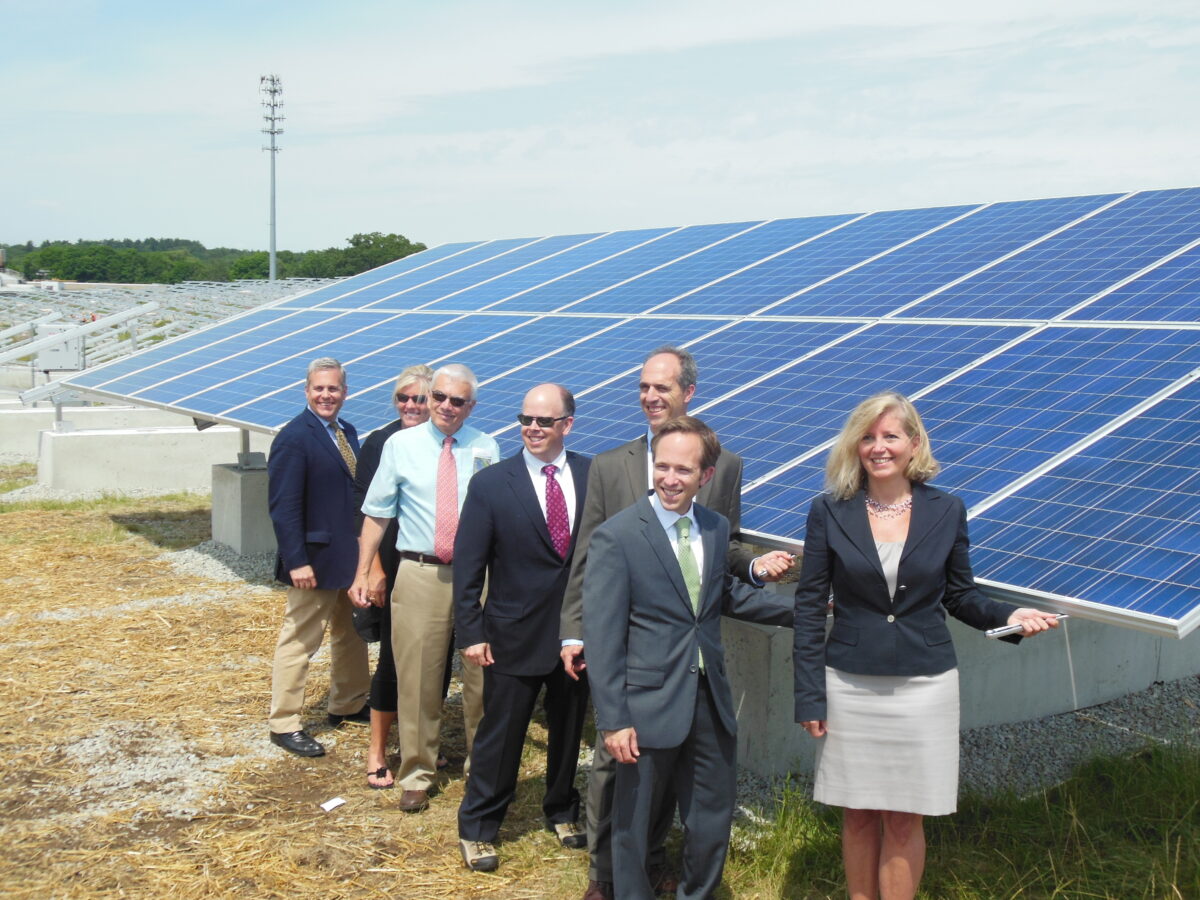Solar PPAs in the United States
In the United States, a PPA agreement was announced for the 50 MW Macho Springs solar farm in New Mexico, whereby First Solar would sell the power generated to El Paso Electric Company at a record price of US$ 57.90/MWh. According to market data at the time, the $0.0579 per kWh is less than half the average price of power generated by new coal-fired plants (12.8 c/kWh) and significantly less than the typical price of power generated by PV projects using thin-film modules (16.3 c/kWh, according to Bloomberg New Energy Finance -BNEF- figures).
Spain's decline
In Spain, more PV FIT cuts were announced: following the introduction of a new energy tax in early 2013, producers faced more problems with the feed-in tariff (FIT), which would materialize later, as developed in this article.
In February, the Valencian company Siliken S.A., one of the largest players in solar-grade silicon production and PV equipment manufacturing in Spain, filed for insolvency proceedings in Valencia's Commercial Court No. 1.
The ill-fated Valencian solar developer reported annual sales of 331 million in 2010 and 255 million in 2011. The company employed some 1,100 workers in its best days.
Isofoton also drew up a workforce restructuring plan for its Malaga factory, after which 380 of its 700 employees were affected. The supplier Lamaignere claimed that Isofoton owed more than seven of its suppliers more than 3 million euros.
Record cell manufacturing in Taiwan
According to a report by EnergyTrend, the research division of market research firm TrendForce, shipments by the Taiwanese PV cell industry reached a record high in 2012, with 5.5 GW of cells shipped worldwide.
Four key players dominated PV cell shipments, with Motech, Gintech, Neo Solar Power and Solartech accounting for 67% of the shipment volume. Both Motech and Gintech shipped more than 1 GW of cells in the year, and companies such as Topcell, DelSolar and Tainergy each shipped between 300 and 350 MW.
“As evidence of fierce price competition caused by oversupply, while shipments increased by 5% to 25% among Taiwanese cell producers, revenues declined by 25% to 50%,” the report said.
EnergyTrend expects Taiwan's cell shipments to break records again in 2013, due to U.S. and European trade disputes with Chinese manufacturers and a booming PV market in Japan. Revenues will remain at roughly the same figures as in 2012.
Grid parity in Australia by 2020
In a report published in February 2013, Bloomberg New Energy Finance (BNEF) predicted that large-scale PV systems will supply cheaper power than coal and gas by 2020 in Australia.
The results of BNEFs Sydney analysis team, which modeled the cost of generating electricity in Australia from different sources, predicts that the Australian economy can expect more and more electricity generated from renewable energy sources, as new coal plants are “simply too expensive.”
The BNEF study found that electricity from a new wind farm can currently be supplied for A$134/MWh, compared to $143/MWh from a new coal plant.
For PV, BNEF claimed that costs had fallen by 29% since 2011. By 2020, it predicts, large-scale PV will also be cheaper than coal and gas, when carbon prices are factored in. “In 2020-30 we will find new and innovative ways to deal with the intermittency of wind and solar, so it is quite conceivable that we could jump straight from coal to renewables to reduce emissions as the carbon price rises,” it said.
330 GW of photovoltaics by 2020
According to a report published in February by London-based research firm GlobalData, the PV market was expected to more than triple between now [2013] and 2020, a year in which the cumulative global capacity of installed PV systems will soar from around 97 GW in 2012 to 329.8 GW, “capping an eight-year period (2012-2020) during which the compound annual growth rate (CAGR) reaches a strong 16.5%.”
As an example, Germany would reach, according to its forecasts, 48 GW by 2020. On China, it noted how Asian companies already dominated the global PV device supply scene, with five Chinese companies among the world's top ten module manufacturers. “In the People's Republic, aggressive capital subsidies are given to PV projects that fall under the Solar Photovoltaic Construction program and the Golden Sun program, which cover a wide range of solar PV applications,” it said.
“At present [2013], China exports more than 90% of its production capacity. However, the Asian leader is also expected to significantly increase domestic solar module installations in the near future, with a massive increase in installed capacity from 7.6 GW in 2012 to 70 GW in 2020”, says the report.
This content is protected by copyright and may not be reused. If you want to cooperate with us and would like to reuse some of our content, please contact: editors@pv-magazine.com.



By submitting this form you agree to pv magazine using your data for the purposes of publishing your comment.
Your personal data will only be disclosed or otherwise transmitted to third parties for the purposes of spam filtering or if this is necessary for technical maintenance of the website. Any other transfer to third parties will not take place unless this is justified on the basis of applicable data protection regulations or if pv magazine is legally obliged to do so.
You may revoke this consent at any time with effect for the future, in which case your personal data will be deleted immediately. Otherwise, your data will be deleted if pv magazine has processed your request or the purpose of data storage is fulfilled.
Further information on data privacy can be found in our Data Protection Policy.